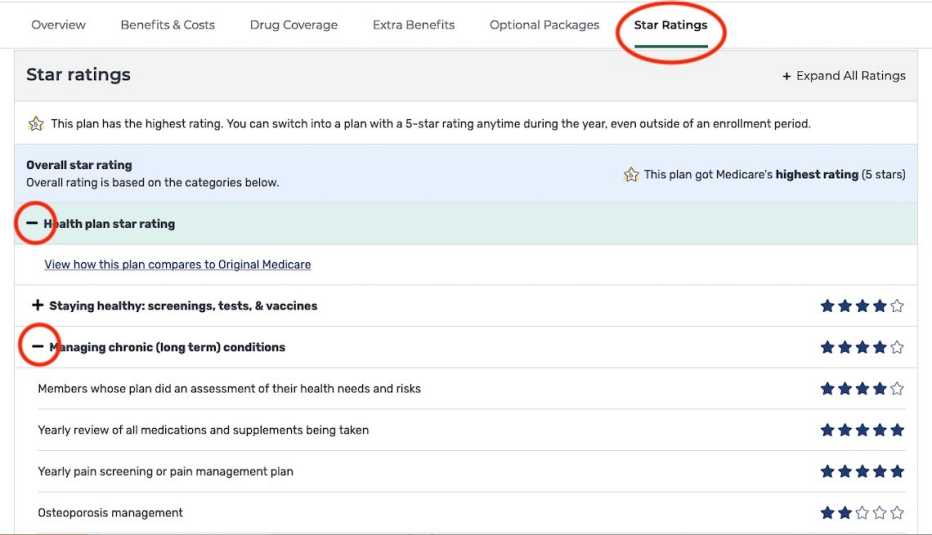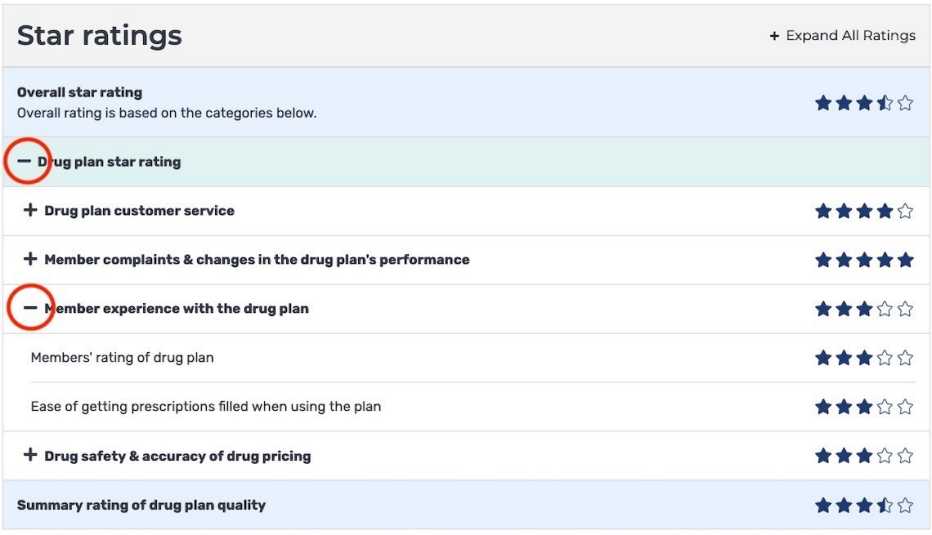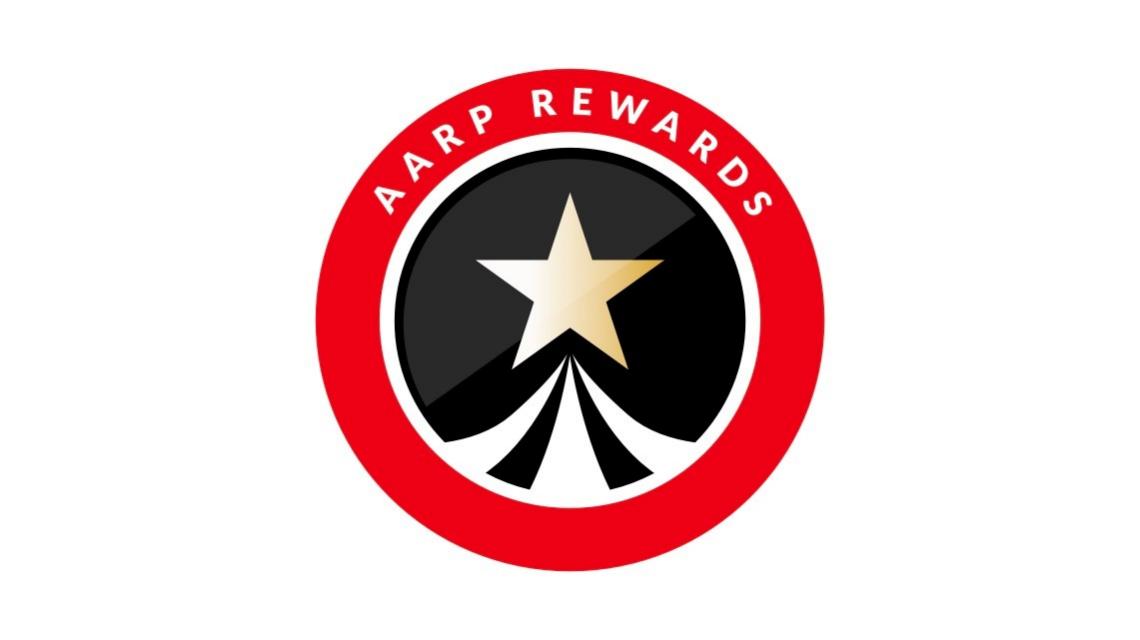Staying Fit
The Centers for Medicare & Medicaid Services (CMS) assesses Part D prescription drug plans and Medicare Advantage plans every year based on several quality measures. CMS gives each plan a star rating from five stars (excellent) to one star (poor).


AARP Membership— $12 for your first year when you sign up for Automatic Renewal
Get instant access to members-only products and hundreds of discounts, a free second membership, and a subscription to AARP the Magazine.
To create the ratings, Medicare looks at surveys of people enrolled in plans, complaints filed against plans, Medicare investigators’ spot-checks, reliability of pricing information and other factors. The plans receive an overall star rating plus separate star ratings in myriad categories:
- Part D prescription plans — up to 12 quality measures, such as customer service and member experience.
- Medicare Advantage plans with drug coverage — the same 12 as above and up to 28 additional performance measures, such as the percentage of eligible participants who get certain health screenings and how well the plan cares for people with certain chronic conditions.
- Medicare Advantage plans without drug coverage — up to 30 performance measures.
Why look up a plan’s star ratings? If you want to know how one plan stacks up against another in customer service or manages care for a chronic condition, star ratings are a good source. You can use the Medicare Plan Finder to look up a plan’s rating in each category, in addition to its overall star ratings, to compare Part D or Medicare Advantage plans available in your area.
What do Medicare star ratings measure?
Medicare Advantage plans’ star ratings are based on five major categories:
1. Screenings, tests and vaccines. The percentage of eligible participants who get breast cancer and colorectal cancer screenings and the yearly flu vaccine.
2. Managing chronic conditions. How well a plan handles care for people with certain chronic conditions, such as osteoporosis, diabetes and heart disease.
3. Member experience. Members rate their plan on how easy it is to book appointments, see specialists and receive care quickly, as well as the quality of a plan’s health care.
4. Member complaints and changes in a plan’s performance. The percentage of members who file grievances or leave a plan.
5. Customer service. The timeliness of a plan’s decision about appeals, the fairness of those decisions based on an independent review, and availability of services in other languages or for the hearing-impaired.






































































More on Medicare
The Big Choice: Original Medicare vs. Medicare Advantage
Which path you take will determine how you get your medical care — and how much it costs
Medicare Open Enrollment Ends on Dec. 7
It's time to check your coverageWill Original Medicare Survive the Medicare Advantage Boom?
New enrollees increasingly opting for the private insurance alternative to the federally-run program